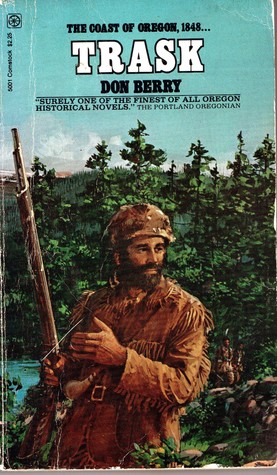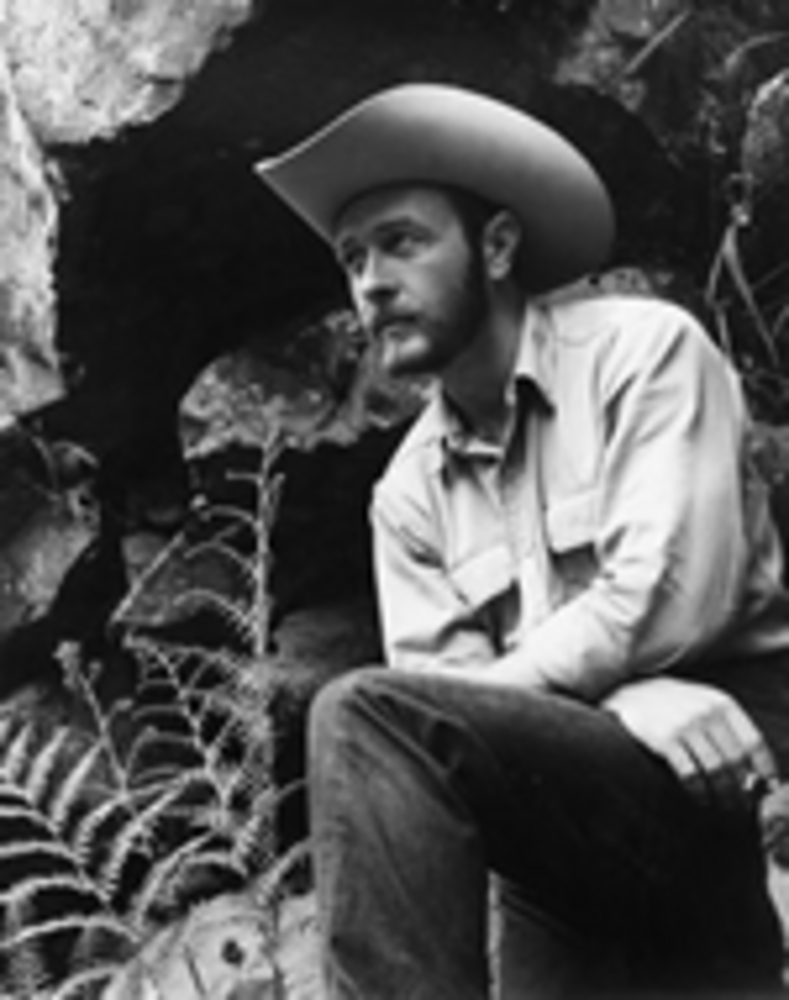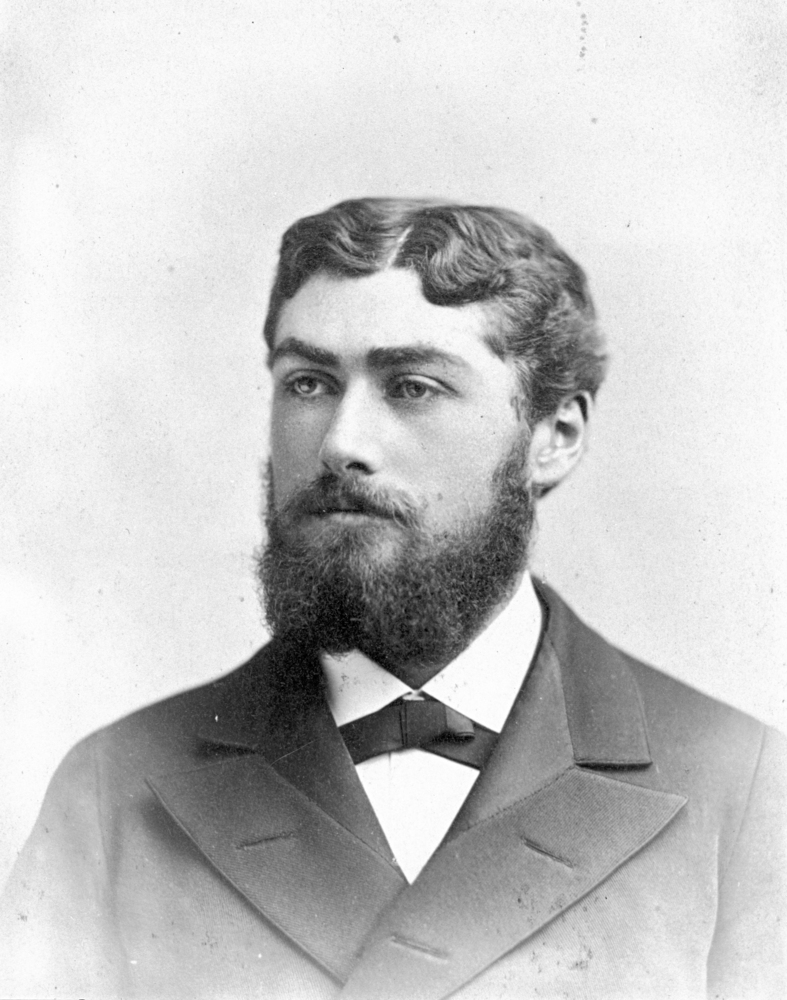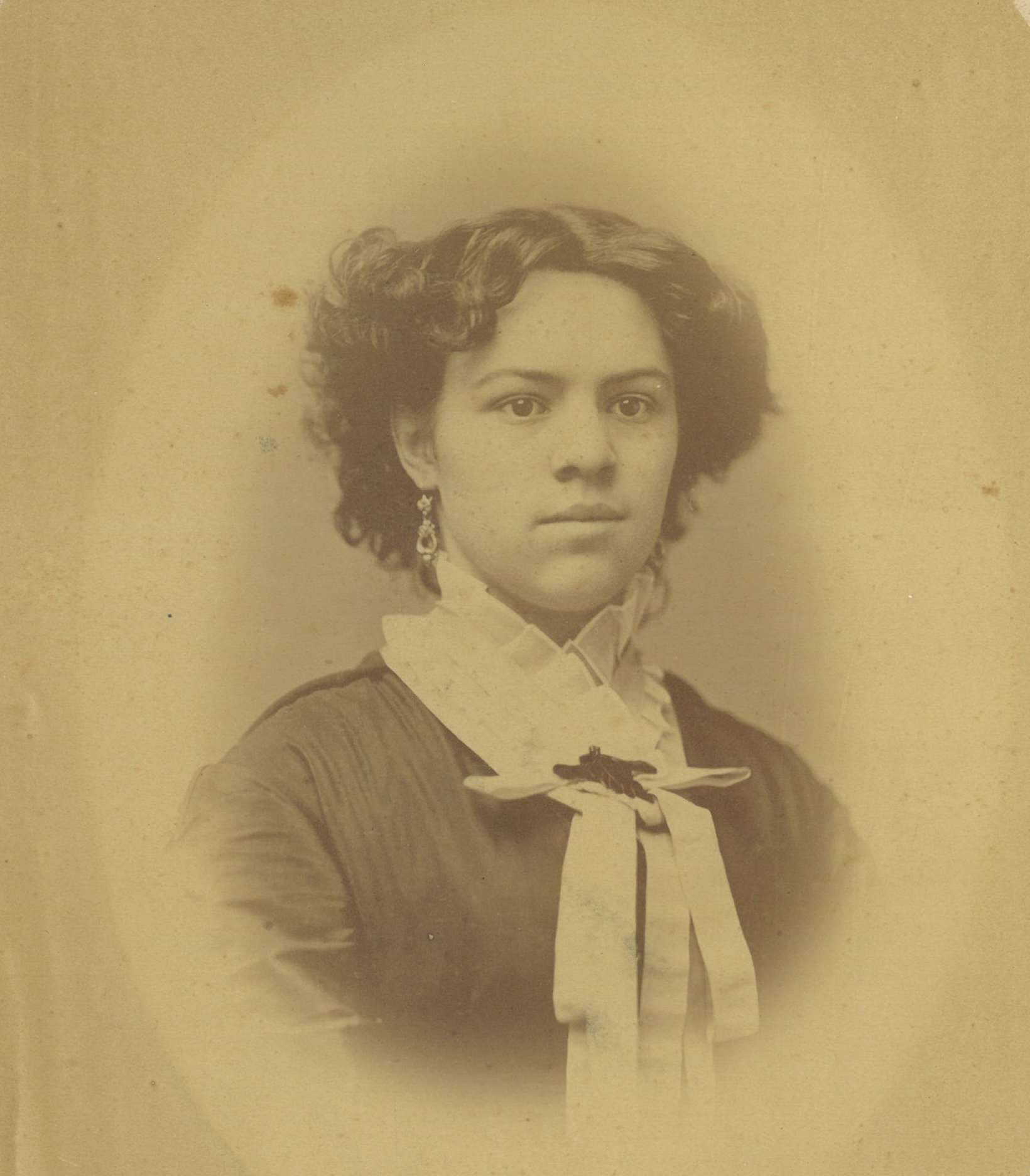Don Berry holds a special place in the history of the arts in Oregon. He is best known as the author of three highly regarded historical novels set on the Oregon Coast during the first white settlements: Trask (1960), his most widely known book; Moontrap (1962), a National Book Award nominee; and To Build a Ship (1963). All are notable for their insightful and original treatment of white-Indian relationships. He wrote the novels and A Majority of Scoundrels (1961), a history of the Rocky Mountain fur trade, during a remarkable surge of creative activity before he reached the age of thirty.
These early works are closely related to Berry's years at Reed College in Portland, from 1949 to 1951. There, his friends Gary Snyder, Lew Welch, and Philip Whalen, all to become notables of the Beat Generation, were important influences, as were two professors, calligrapher Lloyd Reynolds and historian Dorothy Johansen. From Reynolds, Berry learned to hone his calligraphic and writing skills through devoted practice, which he trained on science fiction, the sort of writing he was most familiar with at the time. After 144 rejection slips, he sold his first story. From Dorothy Johansen, Berry was introduced to coastal Oregon's early settlement history and the tragic overwhelming of Native culture by whites. To these influences must be added that of Berry's wife, Wyn, photojournalist, teacher, artist, fellow spirit, whom he married in 1957 and whom he described as the ground and support of his creative life. They had three children. A fourth inspiration for Berry was his lifelong fascination with Eastern philosophy and religion, which is reflected in the inner lives of his main characters in the novels.
But influences aside, Berry always found his own way, and his life as an artist took him down many new paths. In addition to writing fiction and history, he created and performed at high professional levels as musician, painter, poet, sculptor, jewelry maker, filmmaker, designer and builder of musical instruments, both traditional and computer-related, and, in his later years, Internet contributor. Berry's website, Berryworks, is a collection of his work and a demonstration of his wide-ranging talents. "Snapshots of my Daughter, Turning" and "For the Estuarians at the Millennium" are among the memorable entries.
Berry's conception of the range of his imaginative and creative work was to consider himself an explorer, one who might expect to encounter mountains and deserts and oceans and forests. The creative impulse, as he lived it, underlies all art and all life and may be tapped at many points of emergence. For Berry, the act of exploration is the same, while the opportunities to practice it are many and often unexpected. To his artistic creations, his physical experiences—deep-water sailor, aviator, latter-day mountain man—add to his near-legendary reputation as an Oregon original.
-
![]()
Trask, by Don Berry.
Oregon State University Press
-
![Don Berry.]()
Berry, Don.
Don Berry. Courtesy Kaj Wynn Berry
Related Entries
-
![C.E.S. Wood (1852-1944)]()
C.E.S. Wood (1852-1944)
C.E.S. Wood may have been the most influential cultural figure in Portl…
-
![Eva Emery Dye (1855-1947)]()
Eva Emery Dye (1855-1947)
As an impressionable and imaginative girl growing up in Illinois, Eva E…
-
![Ken Kesey (1935-2001)]()
Ken Kesey (1935-2001)
A farm boy from the Willamette Valley, Ken Kesey brought an earthy, ind…
-
![Robin Cody (1943-)]()
Robin Cody (1943-)
Robin Cody, born in St. Helens, Oregon, in 1943, was educated at Estaca…
-
![Walt Morey (1907-1992)]()
Walt Morey (1907-1992)
Walt Morey (1907-1992) was one of four iconic writers who dominated chi…
Map This on the Oregon History WayFinder
The Oregon History Wayfinder is an interactive map that identifies significant places, people, and events in Oregon history.
Further Reading
Baker, Jeff. "Introduction." Trask, by Don Berry. Corvallis: Oregon State University Press, 2004.
_____. "Introduction." Moontrap, by Don Berry. Corvallis: Oregon State University Press, 2004.
_____. "Introduction." To Build a Ship, by Don Berry. Corvallis: Oregon State University Press, 2004.
Love, Glen A. Don Berry. Western Writers Series #35. Boise, ID: Boise State University, 1978.







